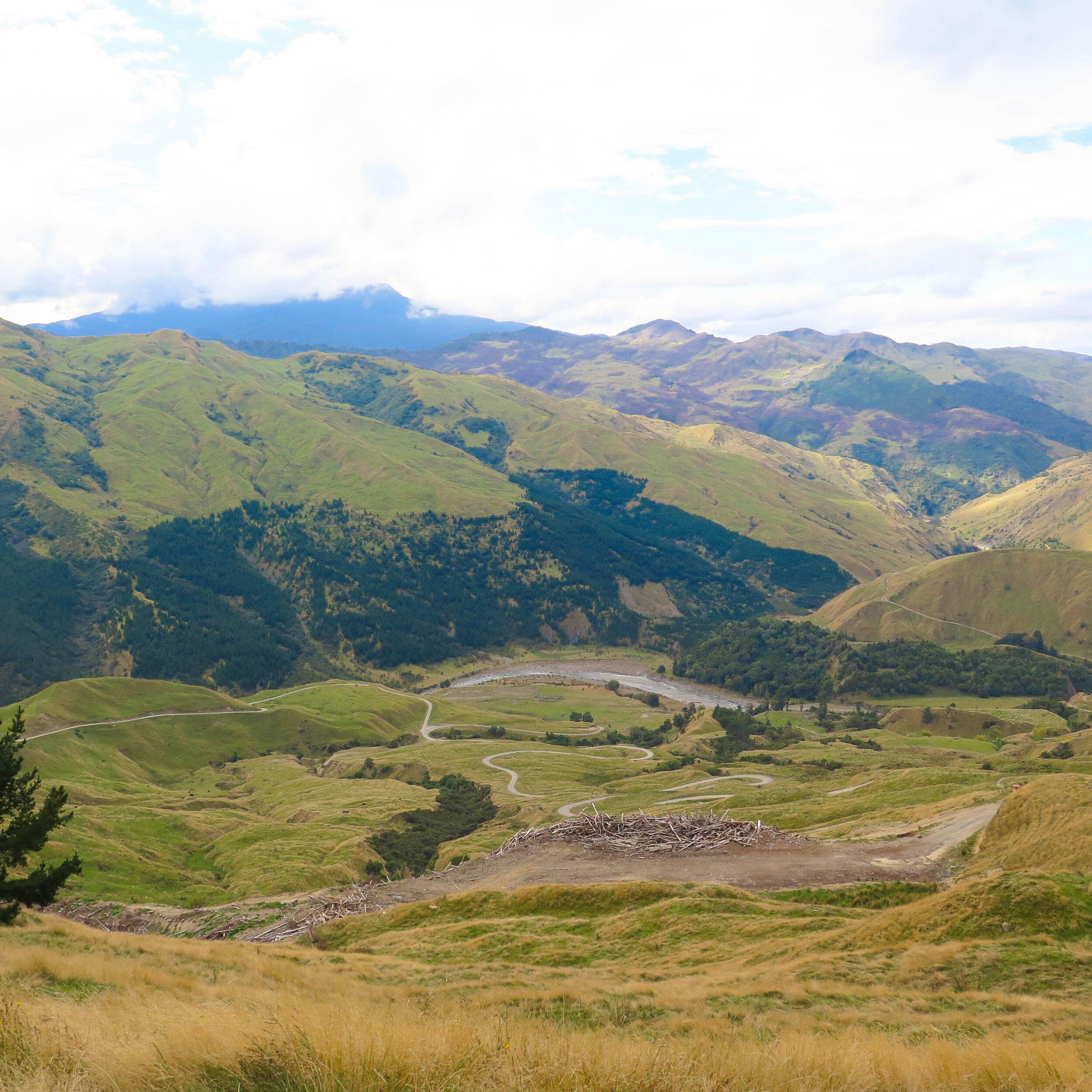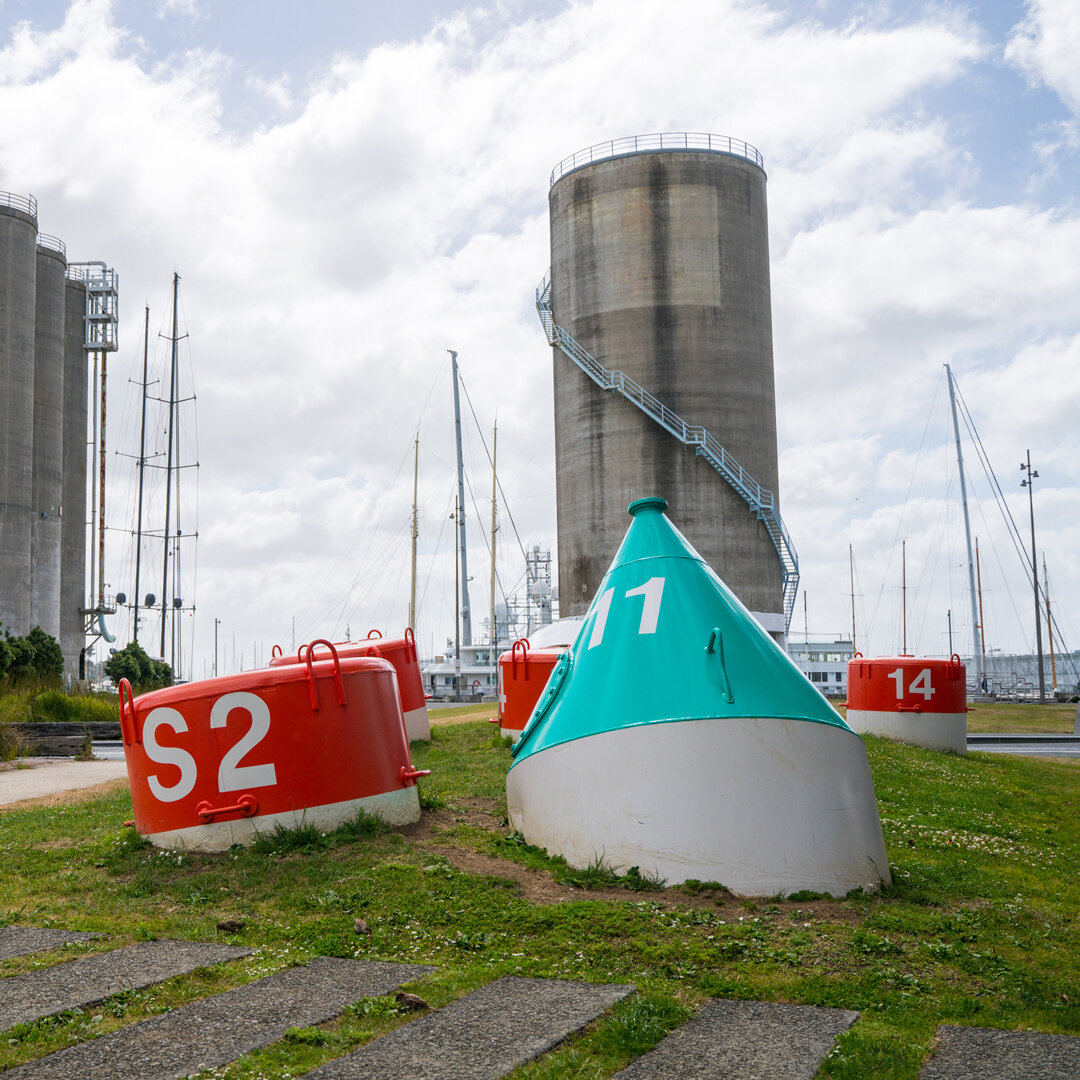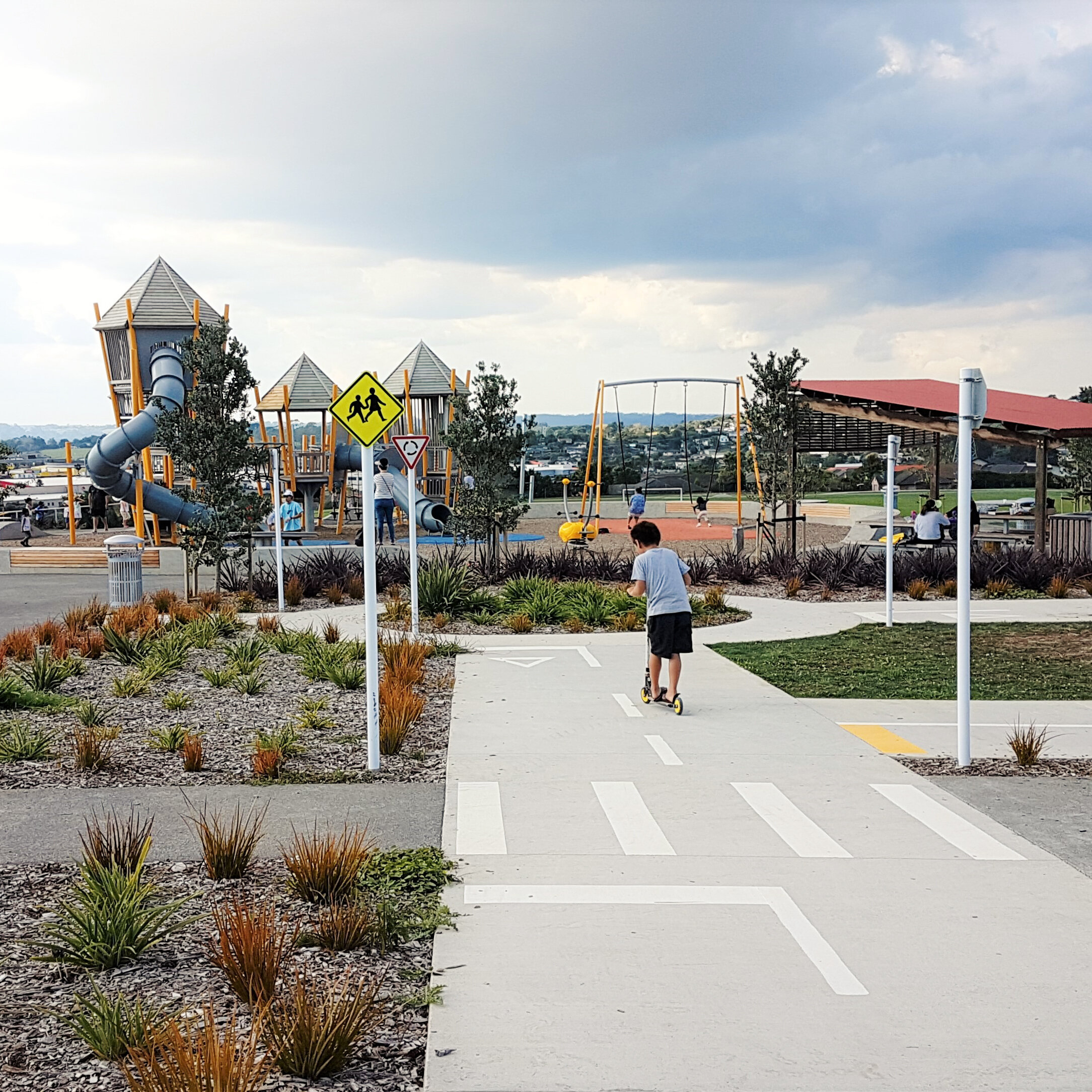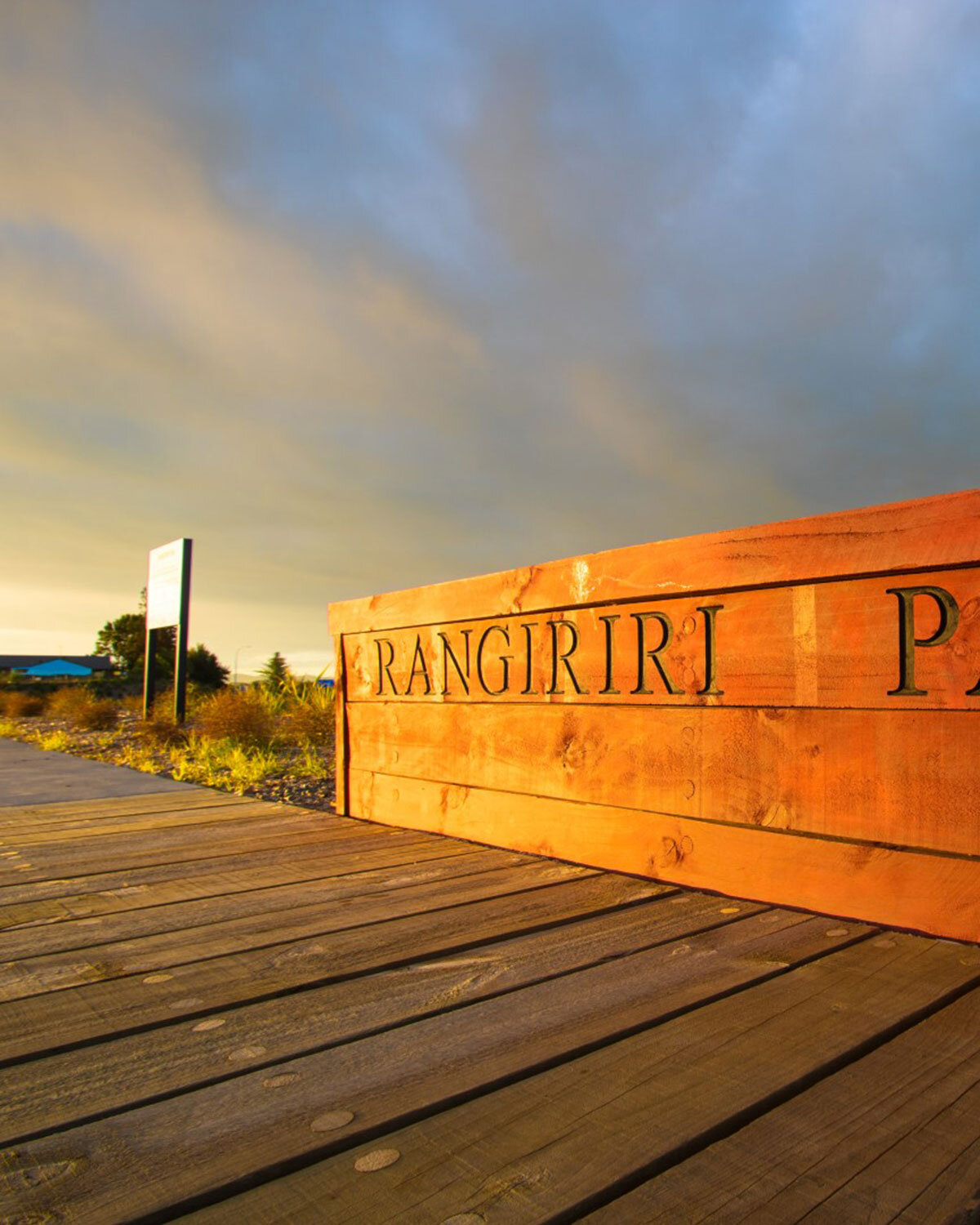Every day our plants are on a mission. We’re so proud of the many missions our plants are on. These are some of our favourite examples of ecosystems that have kept our fingernails dirty over the last few years.
Filter Projects
- Biodiversity 7
- Coastal & Estuarine Restoration 4
- Commercial Landscaping 5
- Land Development 11
- Landscaping & Beautification 7
- Manuka Forestry 3
- Native Planting 14
- Riparian Planting 8
- Roading and Transit 8
- Stormwater Ponds 5
- Stream Restoration 2
- Swales & Retention Planting 4
- Urban Forest 1
- Waterways 4
- Wetlands & Floating Wetlands 6
Drury Eco Islands
Drury is the new gateway to Auckland south. The mixed-use developments are designed to combine community and industry with the natural world. The projects integrate homes with business hubs consisting of retail and commercial services.
Northern Diversion
The Northern Diversion project was a juxtaposition of a man-made quarry, and Mother Nature – the adjacent estuary. Our task was to create a self-sufficient ecosystem in between them, seamlessly blending the two worlds and providing enjoyment to those passing through.
Ara Tūhono–Pūhoi to Warkworth
Ara Tūhono means a connecting pathway - perfect for this much vaunted stretch of motorway that extends the Northern Motorway from the Johnstones Hill Tunnels to Warkworth, contributing to the economic growth of the Northland region.
Tamata Hills
This private property is the intersection of multiple pathways of different missions. The property owners are on a mission to leave the land as a richer ecosystem for the next generation so are returning large areas of steep hillsides into native bush.
Alpurt Motorway
The Auckland Northern Motorway has been a multi-year marathon for NZTA. Carving a major state highway through geologically complicated terrain was certainly a complex task for the many engineers and designers involved.
Ngatapa Station: Manuka on a mission
Between Hawkes Bay and the Bay of Plenty, 20km away from Lake Waikarimoana, lies Pohokura Forest.
Ingleby Farms
Ingleby Farms are an inspiring global company that is committed to a new approach to agriculture and land management, with a dedicated focus on regenerative, sustainable farming.
Wynyard Quarter Silo Park
As they say down there; There’s lots to see and plenty to do –take in the view from the gantry in Silo Park, shoot some hoops at the Playspace, dip your toes in the water at Karanga Plaza, admire the Wind Tree sculpture and marvel at the super yachts,
Blenheim Wastewater Treatment Wetlands
Adding a 2km long 25ha wastewater treatment wetland to an existing system of wastewater ponds seems a great idea for a passive treatment system.
Rotoroa Island
This 82ha (200 acre) slice of island paradise in the Hauraki Gulf is a piece of New Zealand history and now a haven for natural plants and birds to thrive in a protected ecosystem.
Glaisdale Properties
Creating a sprawling, beautiful and biodiverse urban wetland in the middle of a residential suburb.
Cambridge Bypass
The Cambridge Bypass, part of the Waikato Expressway, is the largest Waka Kotahi NZ Transport Authority project in the history of the Waikato region.
Taramakau Bridge
The Taramakau Bridge, which crosses the Taramakau River between Kumara Junction and Greymouth on the West Coast, was a two year and $25 million dollar project for Waka Kotahi NZTA and was officially opened in July 2018.
Parengarenga Incorporation
Just half an hour south of Cape Reinga lies Parengarenga Station, a diverse, nearly 6000-hectare farming operation that stretches between both coasts of the country.
Onehunga Foreshore
The Onehunga foreshore is a unique part of the Auckland landscape - a man-made shoreline created to restore the environment that was destroyed in the 1977 construction of State Highway 20.
Royal Reserve
An urban playground designed to get people of all ages having silly amounts of fun. Now that’s our kind of ecovitalism.
Rangiriri Pa
The Rangiriri Bypass is a section of the Waikato Expressway which snakes across the region helping transform New Zealand into a modern and vibrant economy.



















